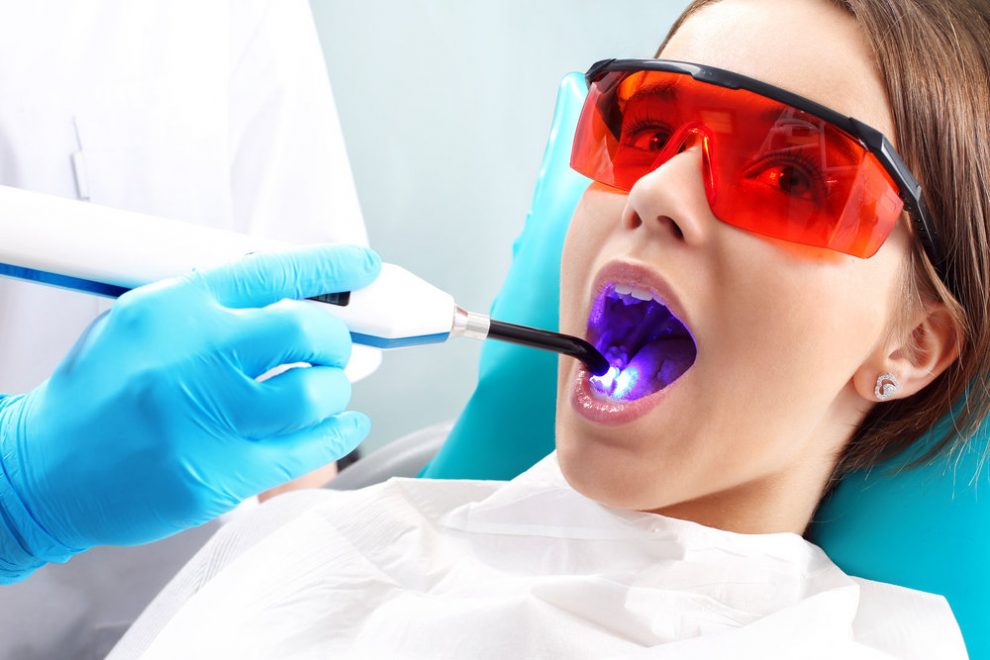Most people dread dental visits because of the pain and discomfort associated with some procedures, such as eradicating decay. Previously, dentists used traditional drills to bore through the enamel and eliminate plaque from the tooth surface. The loud, high-pitched sound emitted by the drills may trigger anxiety for some patients. While drills are still in use, advanced treatments such as Midtown Manhattan laser dentistry address numerous dental problems more comfortably and effectively. The following information explains the use of lasers in dentistry, its benefits, and its downsides.
Laser use in dentistry
Laser is not new in dentistry since it has been in use since 1944. Although this advanced treatment has no seal of acceptance from the American Dental Association, some dentists still use a laser to treat different dental problems.
- Gum disease
Gum disease is often a result of poor dental hygiene practices. It causes bacteria to pack in your recessed gums. Dentists may use lasers to reshape the gums and close the pockets. Instead of using invasive tools, dentists use a laser to eliminate bacteria during a root canal procedure.
- Cavity detection
Using lasers, dentists can detect cavities by checking for tooth decay. Lasers can also remove decay within a tooth and kill bacteria in a hole.
- Lesion removal
Dentists used lasers to remove abnormal growths in the mouth, such as canker sores. While they may not cause pain, these small lesions can make it challenging to eat and talk. Lasers are also used for biopsy, which involves removing a small tissue for close examination.
- Teeth whitening
Laser energy can be used during teeth whitening to activate the bleaching solution. Bonding of prosthetics such as veneers usually requires a laser to harden the dental adhesive.
Pros of laser dentistry
- Less bleeding
Since dental laser cauterizes the wound, minor bleeding occurs while performing soft tissue procedures such as gum reshaping. The blood almost clots instantly as the process is ongoing.
- Faster healing
Standard dental approaches may be invasive, so patients take longer to recover fully. Laser processes are minimally invasive, making it easier to heal after treatment. The instant blood clotting from wound cauterization speeds up your body’s natural healing response.
- Less painful
Laser dentistry involves using a concentrated light beam to remove or reshape the tissue. The light simultaneously seals the wound, including the nerve endings, reducing pain sensations. It, therefore, reduces the need for sedation or anesthesia.
- Comfortable
Lasers do not produce any loud noise as dental drills and other tools. For this reason, patients are less anxious and relaxed during a procedure. If drills trigger your anxiety, laser dentistry may offer you a more calm experience.
What are the downsides of laser dentistry?
Most commonly performed dental procedures such as filling large cavities and removing defective crowns may not benefit from lasers. Even after using lasers, dentists still require drills to shape and polish a filling. While treatments may be less painful, patients may still need anesthesia before any laser procedure. Not everyone may benefit from laser dentistry, especially those who already have fillings in their teeth.
If you have further questions about laser dentistry or need treatment, schedule a consultation with your specialist at New Dimension Dentistry.







